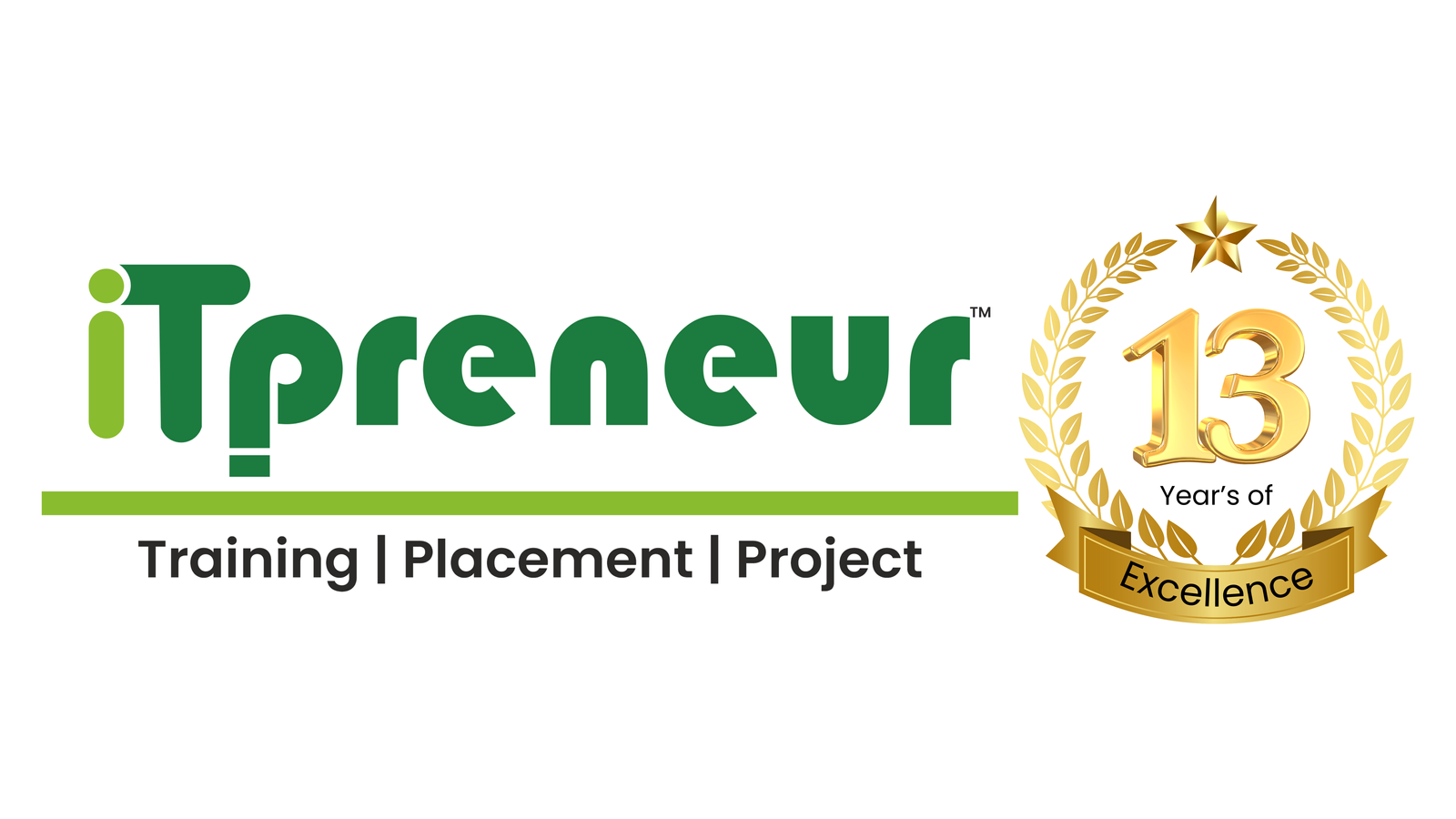Building Scalable Web Applications: Full Stack Best Practices
Introduction
In the era of cloud computing, millions of users access web applications every second. Whether it’s shopping, learning, or banking — users expect web applications to run smoothly, securely, and without delays. But with great growth comes a great challenge: scalability.
So, how do you build a web application that’s not just functional but also ready to grow with your business? The answer lies in full stack best practices that ensure your application can handle more traffic, data, and complexity as time goes on.
What is Scalability in Web Applications?
Scalability refers to an application’s ability to handle increasing loads without compromising performance. Whether you’re growing from 100 users to 10,000 or adding new features and functionalities, a scalable app can support that growth smoothly. There are two main types of scalability: vertical scaling, which involves adding more power (CPU, RAM) to a single server, and horizontal scaling, which means adding more servers or systems to handle increased traffic.
Choosing the Right Tech Stack
The foundation of any scalable web app is the tech stack — the combination of front-end, back-end, database, and server technologies. A modern full stack often includes frontend frameworks like React, Angular, or Vue.js; backend technologies such as Node.js, Express, Django, or Spring Boot; databases like PostgreSQL, MongoDB, or MySQL; and cloud platforms such as AWS, Heroku, Vercel, or GCP. Choosing the right combination based on your project’s needs ensures performance, flexibility, and easier scaling.
Component-Based Architecture
Front-end frameworks like React and Vue support component-based development, allowing developers to break down the user interface into small, reusable parts. This modular approach makes the codebase more organized and maintainable, eases the process of debugging and testing, and simplifies the addition of new features. On the back end, structuring your app using service-based modules — such as user management, billing, and notifications — supports horizontal scaling and smoother updates.
Optimizing APIs for Performance
APIs are the bridge between your front end and back end. To make your app scalable, you should avoid sending unnecessary data in responses, use pagination to limit large data loads, implement rate limiting to protect against abuse, and design versioned APIs to allow smoother updates. These practices reduce server strain and improve user experience.
Efficient Database Management
As your user base and data grow, database optimization becomes essential. Choosing the right database type is crucial — use relational databases like MySQL or PostgreSQL for structured data and NoSQL databases like MongoDB for flexible data models. Efficient indexing of frequently queried columns, avoiding overfetching data, and storing large media files in cloud storage like AWS S3 instead of the database can significantly boost performance and scalability.
Secure & Scalable Authentication
Security and scalability must go hand-in-hand. Stateless authentication using JSON Web Tokens (JWT) and third-party logins with OAuth 2.0 (e.g., Google or Facebook) are recommended. Passwords should always be stored securely using hashing techniques like bcrypt, and your site should always run on HTTPS. These methods help protect user data while keeping the system responsive even under high user loads.
Caching for Speed & Scalability
Caching helps serve users faster by storing frequently accessed data. You can cache static assets like JavaScript, CSS, and images using Content Delivery Networks (CDNs) such as Cloudflare. Backend responses can be cached using tools like Redis or Memcached. Similarly, frequently run database queries can be cached to reduce load and response time, ensuring a better user experience.
Testing, Monitoring, and Debugging
Scalable applications need to be reliable. Regular testing ensures that your features continue to work even as your user base grows. Use unit testing for individual functions or components, integration testing to see how modules work together, and end-to-end testing to simulate real user scenarios. Monitoring tools like Google Analytics for user behavior, Sentry or LogRocket for error tracking, and New Relic or Datadog for performance monitoring help you catch issues early and maintain system stability.
Continuous Integration & Deployment (CI/CD)
CI/CD pipelines allow developers to automatically test, build, and deploy code with every change. Tools like GitHub Actions, Jenkins, or GitLab CI streamline the development workflow, allowing teams to catch bugs early and deploy new features more quickly and reliably. This is crucial for maintaining a scalable and agile development process.
Use Cloud Services & Load Balancers
Hosting your application on cloud platforms like AWS, GCP, or Azure allows for auto-scaling, meaning your app can automatically adjust its resources based on current traffic. Load balancers distribute traffic across multiple servers, helping prevent overload on a single machine and ensuring consistent performance.
Conclusion
Building a web application is easy. But building one that can grow to serve millions of users without crashing or slowing down takes planning, structure, and discipline. By following full stack best practices — from choosing the right tech stack to structuring your application for scalability, optimizing APIs, and implementing CI/CD — you can create robust, scalable web applications ready for the future.
